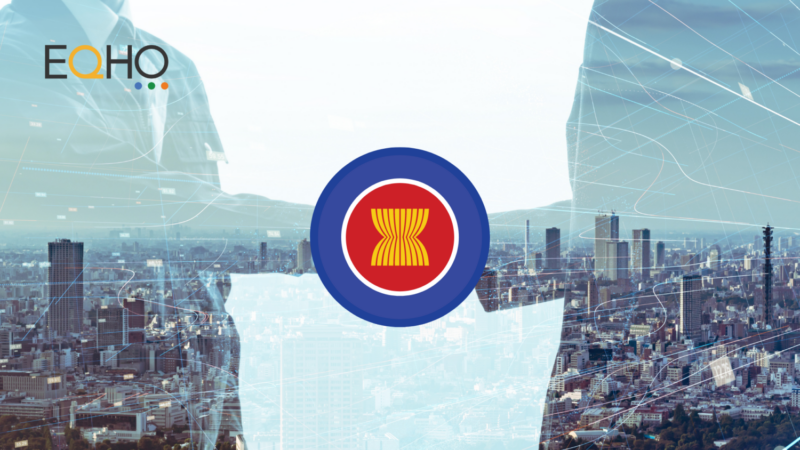Technical translation can be a precarious undertaking, as it requires the translator to have in-depth knowledge of the two languages being used in addition to thorough understanding of the subject-matter and product lines.
It also requires an appreciation of cultural nuances to make sure that a language faux pas doesn’t slip through and damage a brand’s credibility.
However, by putting the right plans in place, a smooth translation process is possible.
Get the right subject-matter expert
Whether it is translating the technical information of a new drug, or the specifications of a new engine, accuracy is essential, as one wrong translation could slow down time to market, or even result in harm coming to your customers. This is why teaming up with translation experts with experience in your subject domain is so important, as they will need to fully understand the topic and terminology to be used.
Follow best practices for writing
Keep sentence short and clear. When trying to impart technical information, long sentences can confuse the reader. As a rule, there should only be one point expressed in each sentence. Cultural references and idiomatic expressions also need to be avoided to avoid linguistic mishaps, while any symbols being used have to be internationally recognizable. By writing in concise sentences, greater savings can also be realized later down the track through use of translation technology – including Translation Memories (TM), Computer Aided Translation (CAT) tools and Machine Translation (MT).
Plan for text expansion
The majority of languages will expand when text is translated from English – for example, French or Spanish translations typically expand by between 15 and 30 per cent from the original. This means that a 100 page manual could very well become a 130 page manual. Documents might also have to be re-sized in certain countries, as North American firms follow a different paper size standard.
Think carefully about images and graphics
If your document is going to have artwork, graphics or charts, think about how this will affect the localization process. If they come with text, this will need to be translated, which could affect the overall layout. For simplicity, linking to graphics in a document, rather than embedding, is the best option, as it means replacements in localized versions and future updates are straightforward.
Create editable source files
Text can be easily exported and re-imported from/to the document if editable source files are used. A failure to provide the right files will slow the whole process down, as non-editable source files like PDFs will have to be recreated before any localization can take place. Remember, small oversights can cause serious headaches! When delivering these files electronically, it’s also a good idea to compress them to protect corruption-prone fonts.
Be specific with instructions
When handing over a project to a translator, you need to make sure they get in-depth instructions about the subject matter, expectations and delivery timeline. Any regional regulatory requirements for products should also be included, while guidance has to be provided on what output formats should be used (PDFs, HTML, image types etc) when drawing up the document.
Assign internal subject-matter experts
While you shouldn’t feel that you have to assign the translation work to your in-house experts (engineers, product managers etc.), having them participate in certain phases of the project is key. Such phases include terminology glossary creation, sample translation and final translation approvals. Internal experts at each phase of the project should be there to offer constructive guidance and feedback, which will in turn reduce the learning curve that translators may have in getting to know the ins and outs of your collateral, and your language preferences.



